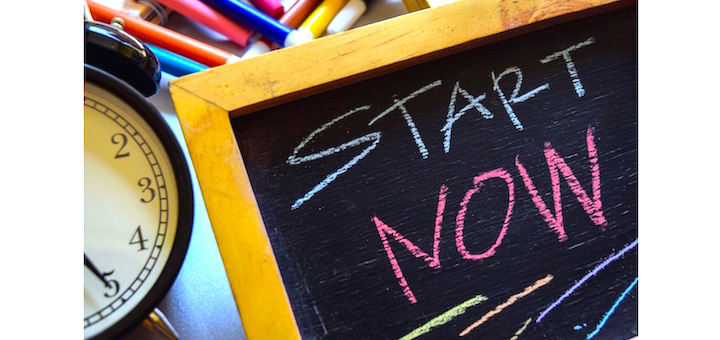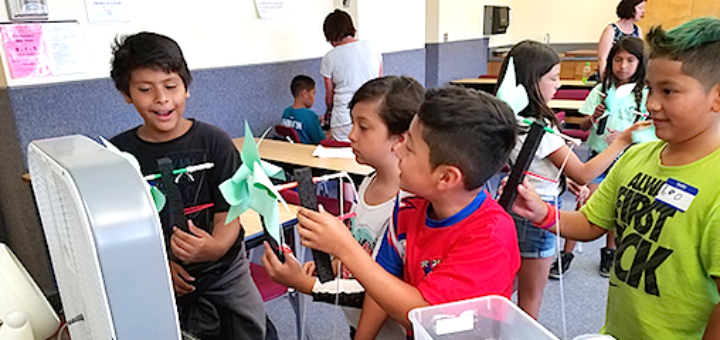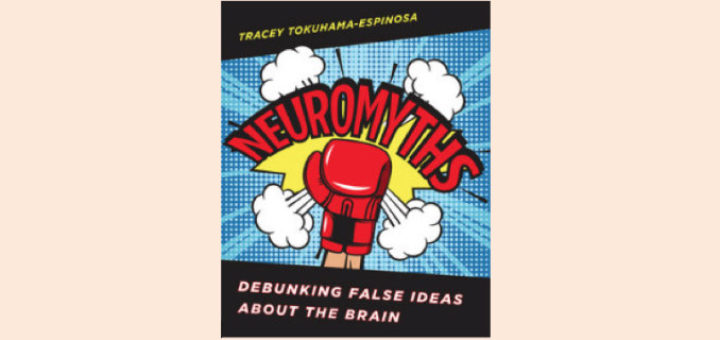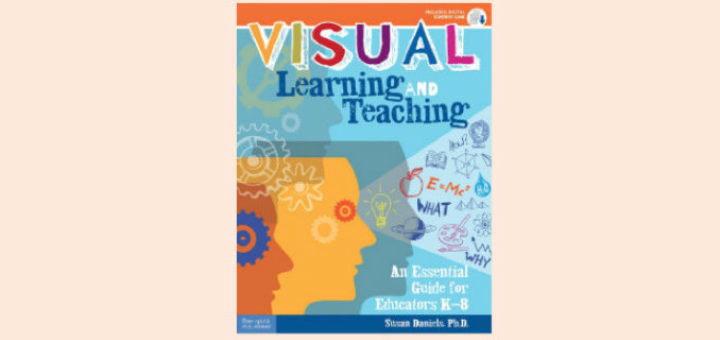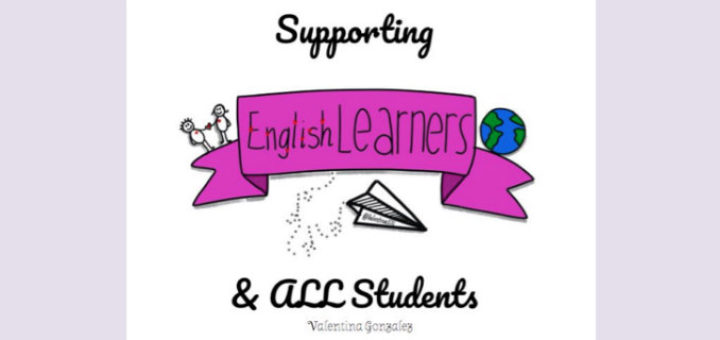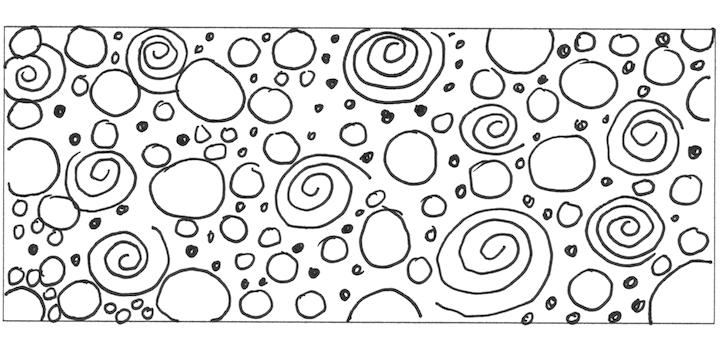Well-Designed ‘Do Nows’ Set the Pace for Learning
Ask teachers for some Do Now synonyms and they’ll come up with terms like Warm-up, Quick Review, and First Steps. Teaching coach Sarah Tantillo’s favorite is Brain Defibrillator. When done right and used routinely, she says, Do Nows establish a norm of urgency in your class.

